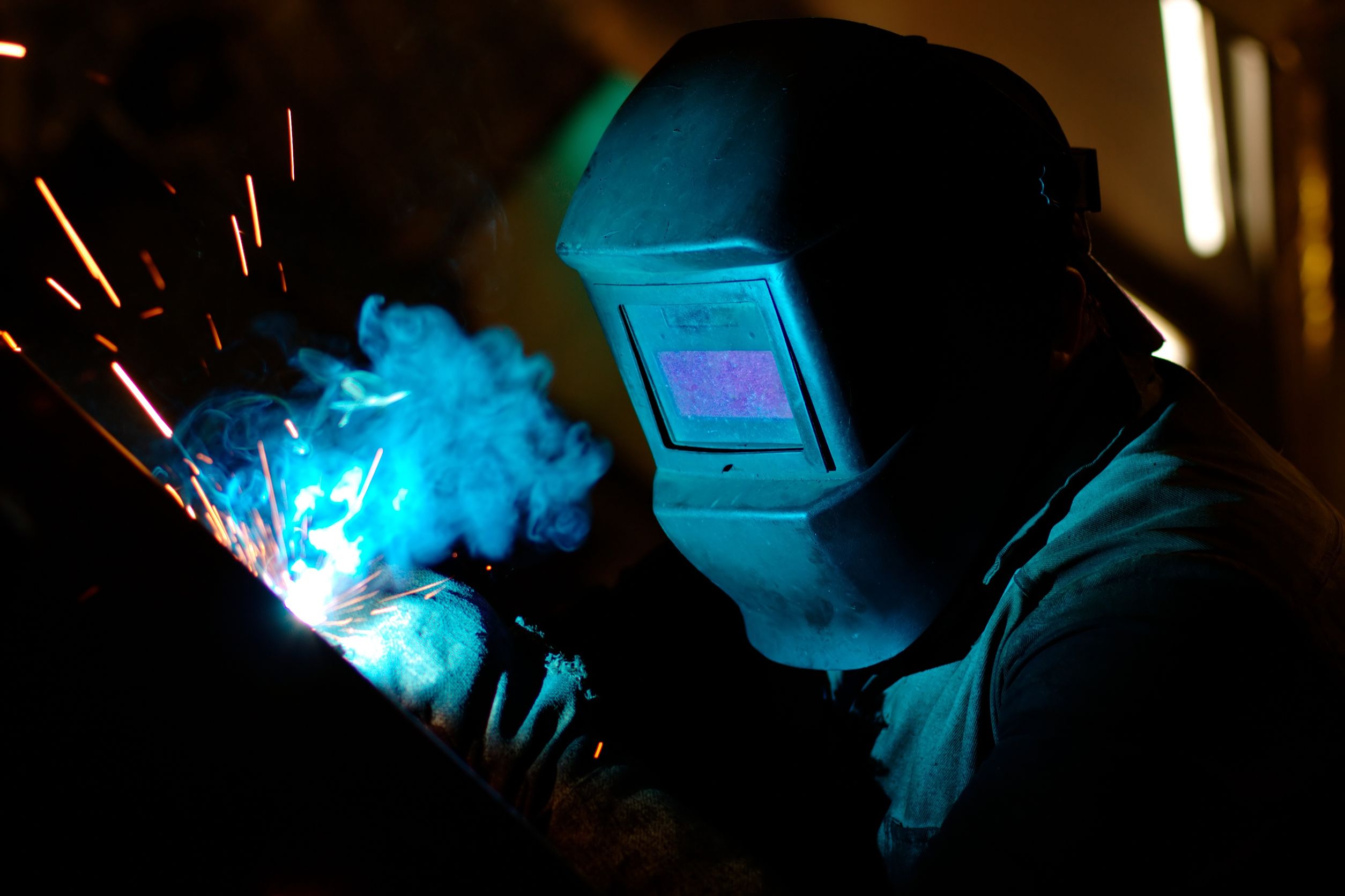As devices get smaller and more complex, traditional welding techniques fall short of the scale required for next-generation components. Microscopic Laser Welding answers this demand by delivering focused energy at the sub-micron level, allowing precise fusion of materials with virtually no distortion. This makes it ideal for applications in medical diagnostics, micro-electronics, and photonic systems, where space is limited but quality is essential.
Fusing function with invisibility
Modern-day microcomponents are not just compact—they’re also expected to maintain flawless surfaces, tight tolerances, and invisible seams. Using ultra-fine laser beams and advanced beam delivery systems, Microscopic Laser Welding allows operators to create structurally sound joints smaller than a grain of sand. These welds are often not visible to the naked eye, yet they deliver full performance in demanding operational environments.
Meeting the highest precision standards
When dealing with part tolerances under 10 microns, every thermal variable must be accounted for. The controlled heat input of Microscopic Laser Welding prevents material warping and ensures metallurgical integrity across highly sensitive substrates. In research published by the International Journal of Advanced Manufacturing Technology, this technique consistently demonstrated weld width deviations of less than 2 microns—an essential benchmark in aerospace sensor and fiber-optic module production.
Bridging dissimilar materials in tiny spaces
One of the unique strengths of this process is its ability to join dissimilar materials in miniature assemblies. Whether it’s titanium to stainless steel or copper to nickel alloys, Microscopic Laser Welding can bond metals with vastly different melting points, making it essential for hybrid technology systems. This expands design possibilities across sectors such as defense, telecommunications, and energy storage.
Engineered for the cleanroom environment
Miniature components often require ultra-clean assembly conditions. Since the process is non-contact and produces no fumes, spatter, or surface disruption, microscopic laser welding is highly suitable for Class 100 and Class 10 cleanrooms. It’s frequently used for implantable devices, optical systems, and biomedical sensors, where contamination must be completely avoided throughout the joining process.
Data-driven control for every micron
Precision at this level is only possible with real-time monitoring and closed-loop feedback systems. Modern welding platforms equipped for microscopic laser welding utilize high-speed cameras, auto-focus optics, and digitally controlled energy sources. This ensures that each weld meets exact thermal and spatial parameters, even in assemblies with complex geometries or layered designs.
Micro Weld, Inc: Your Go-To Welding Partner for Accuracy, Strength, and Service
Recognized as a pioneer in nano-scale joining technologies, Micro Weld, Inc. delivers exceptional results in advanced fabrication projects that demand unmatched control and cleanliness. Their capabilities in microscopic laser welding support critical applications in semiconductor, medical, and aerospace sectors. Through innovation, technical expertise, and investment in precision equipment, their company continues to lead the future of micro-manufacturing.

